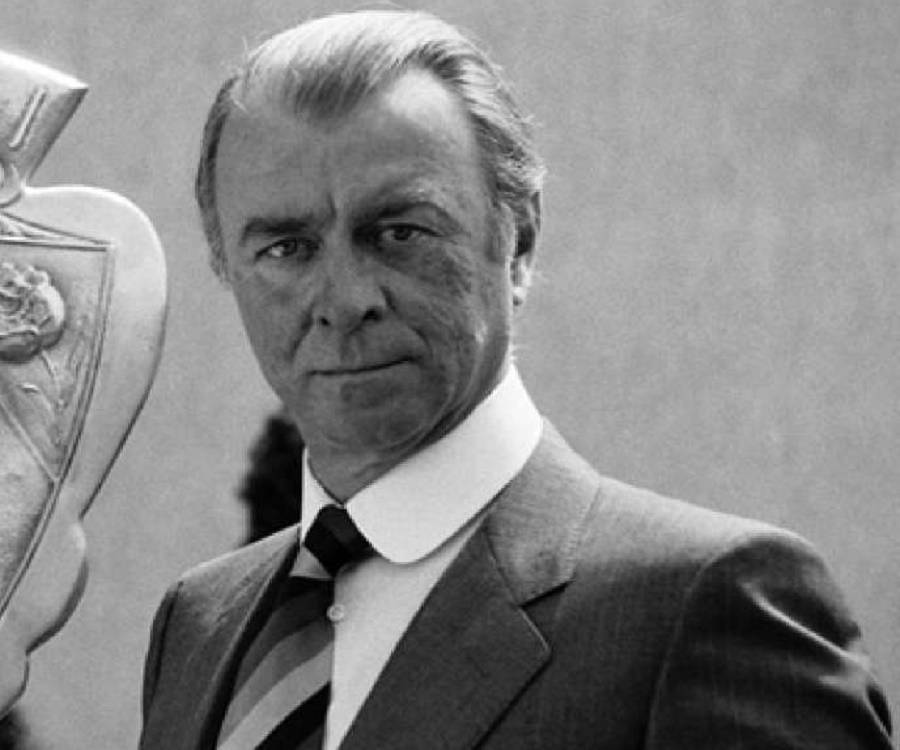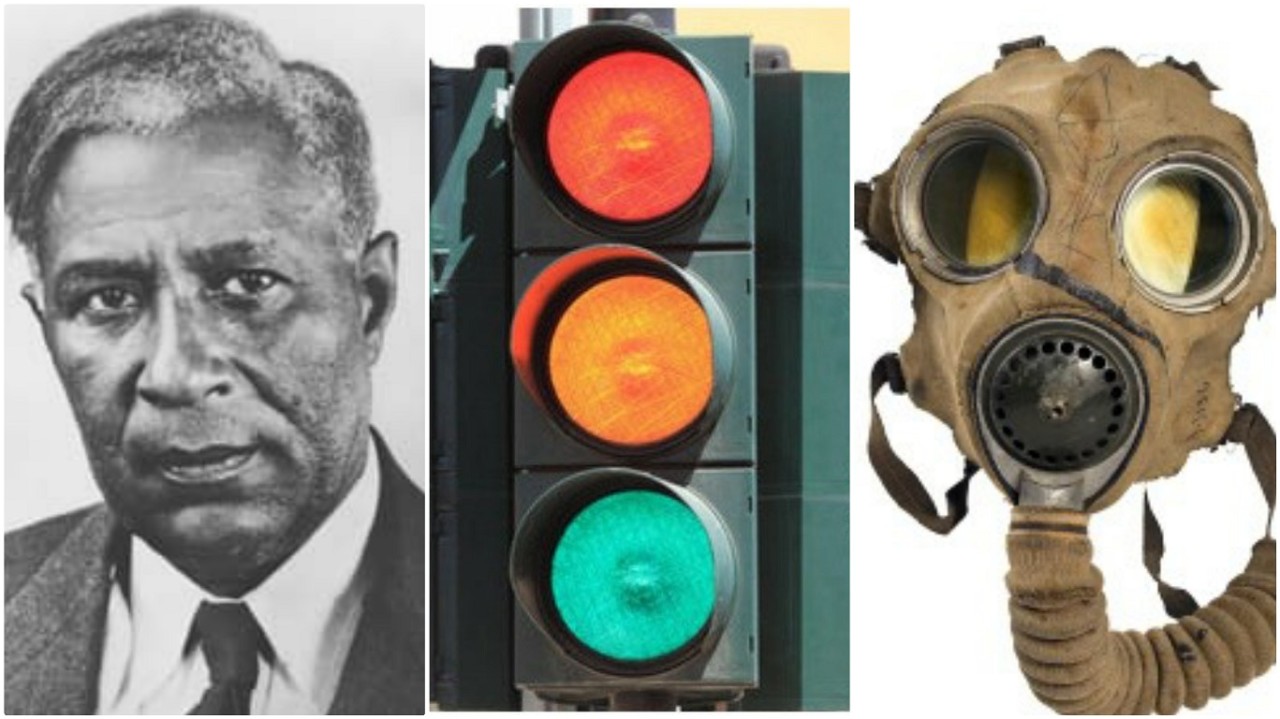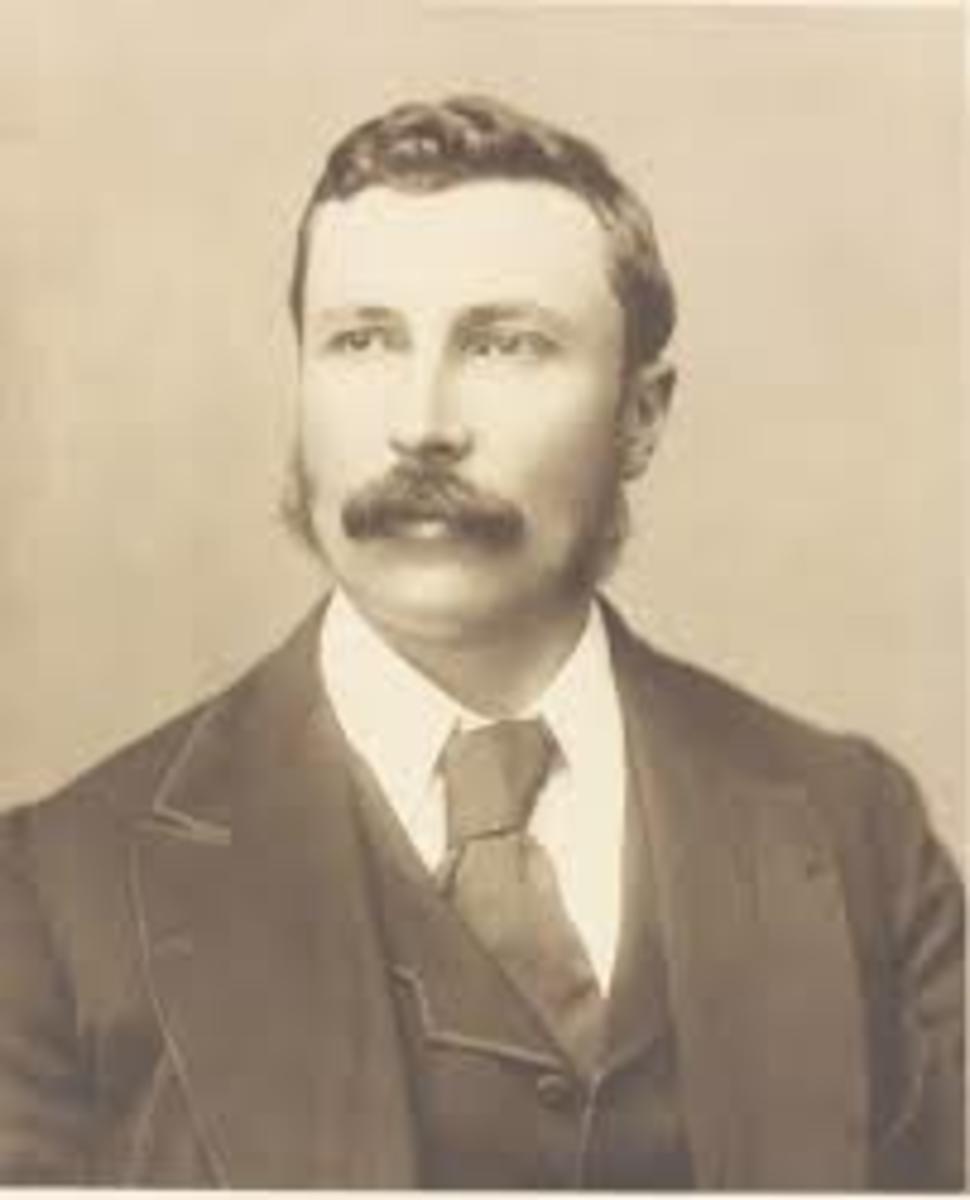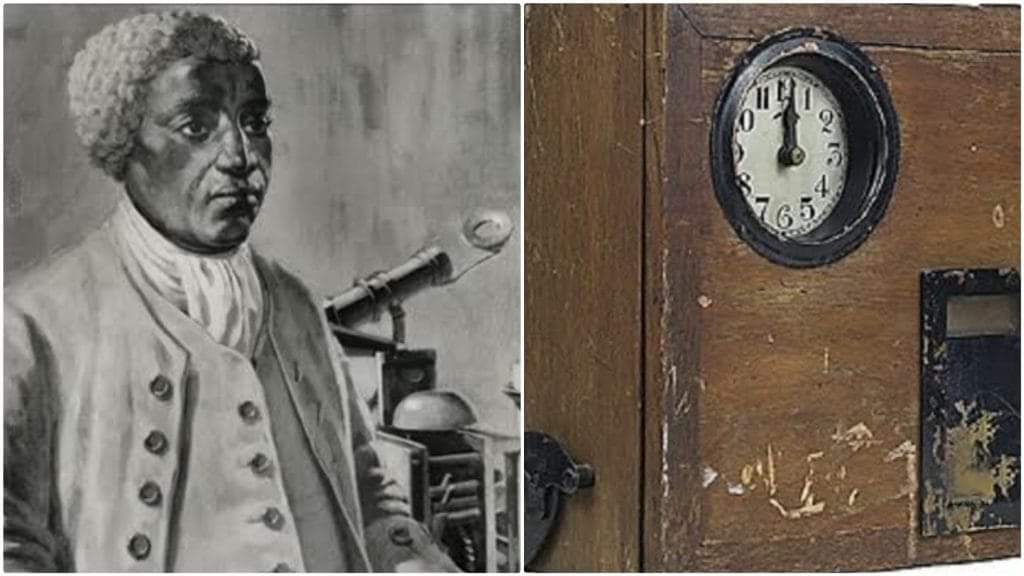
Fozzie Bear is one of the most beloved characters in the Muppets franchise. He is a stand-up comedian who loves to tell jokes, but unfortunately, his jokes aren't always funny. However, that doesn't stop him from trying. Fozzie Bear has been a staple in the Muppets since the 1970s, and his voice has become synonymous with the character. But, who is the voice of Fozzie Bear?
The Early Years of Fozzie Bear

Fozzie Bear was created by Jim Henson in the early 1970s. He first appeared on the television show, "The Muppet Show," in 1976. At that time, Fozzie Bear was voiced by Frank Oz. Oz is a legendary puppeteer who has worked on many of the most famous Muppets, including Miss Piggy, Grover, and Yoda from "Star Wars."
Oz's voice gave Fozzie Bear a unique personality. He was able to capture the character's humor and wit in a way that no one else could. In fact, many fans of the Muppets believe that Oz is the only person who could truly bring Fozzie Bear to life.
Who Voiced Fozzie Bear After Frank Oz?

Frank Oz continued to voice Fozzie Bear until the late 1990s. At that time, he decided to retire from the role. This left the Muppets team with a big question: who would take over as the voice of Fozzie Bear?
After much consideration, the team decided to give the role to Eric Jacobson. Jacobson had been working with the Muppets for several years, and he had already been voicing a number of other characters, including Miss Piggy and Animal.
Jacobson was able to take over the role of Fozzie Bear seamlessly. He was able to capture the character's humor and personality in a way that was true to the original vision of Jim Henson. Jacobson has continued to voice Fozzie Bear to this day, and he has become an integral part of the Muppets family.
The Legacy of Fozzie Bear's Voice

Fozzie Bear's voice has become a defining characteristic of the character. Fans of the Muppets have come to expect a certain level of humor and wit from Fozzie Bear, and his voice plays a big part in that. Whether it's Frank Oz or Eric Jacobson, the voice of Fozzie Bear has been an important part of the Muppets legacy.
It's hard to imagine Fozzie Bear without his trademark voice. The character just wouldn't be the same without it. Thankfully, Frank Oz and Eric Jacobson have done a fantastic job of bringing the character to life, and Fozzie Bear will continue to be a beloved part of the Muppets for generations to come.
Conclusion
In conclusion, Frank Oz and Eric Jacobson are the two voices that have brought Fozzie Bear to life over the years. Both have done an excellent job of capturing the character's humor and personality, and their voices have become synonymous with the Muppets franchise. Fozzie Bear is a beloved character, and his voice is an important part of what makes him so special.
Related video of Who Is The Voice Of Fozzie Bear?
Introduction
Popeye the Sailor Man is a popular fictional cartoon character that has been around since 1929. He is known for his bulging muscles, squinty eye, and trademark pipe. Popeye was created by Elzie Crisler Segar and first appeared in the comic strip "Thimble Theatre". Popeye quickly became a fan favorite and has since appeared in numerous animated television shows, movies, and comic books.

The Character
Popeye is a sailor who is always willing to lend a helping hand. He is known for standing up for what is right and protecting the ones he loves. Popeye is often seen eating spinach, which gives him superhuman strength and helps him defeat his enemies. Popeye's love interest is Olive Oyl, who is often the damsel in distress that Popeye has to save from his arch-nemesis, Bluto.

The Origin Story
Popeye was not originally the main character in the "Thimble Theatre" comic strip. The strip revolved around the lives of a family called the Oyls. However, when Popeye was introduced, he quickly became the star of the show. The character was based on a real person, a sailor named Frank "Rocky" Fiegel, who was known for his toughness and love of spinach.

The Spinach Connection
Popeye's love of spinach has become one of the character's most iconic traits. However, spinach was not originally Popeye's power food. In the comic strip, Popeye was originally shown as having superhuman strength from rubbing the head of a magical whiffle hen named Bernice. It wasn't until Popeye was featured in a series of animated cartoons that he was shown eating spinach to gain his strength.

The Catchphrases
Popeye is known for his unique way of speaking. He often uses catchphrases like "I am what I am" and "That's all I can stands, I can't stands no more". Popeye's voice was first provided by William Costello, but it was later taken over by Jack Mercer, who provided the voice for Popeye for over 20 years.

The Legacy
Popeye has become a pop culture icon and has had a lasting impact on American society. The character has been referenced in numerous movies, television shows, and even in the world of fashion. Popeye's signature style, which includes a sailor's hat and anchor tattoo, has become a popular fashion trend.

Conclusion
Popeye the Sailor Man is a beloved character that has stood the test of time. His unique personality, love of spinach, and catchphrases have made him a pop culture icon that will never be forgotten. Whether you are a longtime fan or just discovering Popeye for the first time, his stories and adventures are sure to entertain and inspire. So, why not grab a can of spinach and settle in for a classic Popeye cartoon?
Related video of Who Is Popeye The Sailor Man?

Guccio Gucci was an Italian fashion designer and the founder of the luxury fashion brand, Gucci. Born on March 26, 1881, in Florence, Italy, Guccio was the son of a leather goods maker, which influenced his interest in the industry from a young age.
Early Life and Career

Guccio began his career in fashion by working as an apprentice at the Savoy Hotel in London. While there, he became fascinated with the high-end luggage that wealthy guests brought with them. This sparked his idea to create his own luxury luggage and leather goods brand.
Upon returning to Florence, Guccio opened his first shop in 1921, which sold leather goods such as luggage, handbags, and shoes. His products quickly gained popularity and were praised for their high quality and craftsmanship.
The Rise of Gucci

As the popularity of Guccio's products grew, he expanded his business and opened new stores in Rome and Milan. In the 1950s, Gucci became a symbol of luxury and elegance, with its signature interlocking G logo and horsebit design becoming iconic.
Guccio's sons, Aldo, Vasco, and Rodolfo, also became involved in the family business and helped to expand the brand even further. They introduced new product lines such as clothing and accessories, which helped to solidify Gucci's place as a high-end fashion brand.
Legacy and Impact
After Guccio's death in 1953, his sons continued to run the business and expand its reach globally. Today, Gucci is one of the most recognizable and influential luxury fashion brands in the world, with its products being worn by celebrities, fashion icons, and everyday people alike.
Guccio Gucci's legacy has had a significant impact on the fashion industry, particularly in the realm of luxury goods. His focus on quality and craftsmanship set a new standard for the industry and inspired other designers to follow in his footsteps.
Conclusion
In summary, Guccio Gucci was an Italian fashion designer and the founder of the luxury fashion brand Gucci. His focus on quality and craftsmanship helped to establish the brand as a symbol of luxury and elegance, with its products being worn by people all over the world. His legacy continues to impact the fashion industry to this day.
Related video of Who Is Guccio Gucci?

Charlie Hustle is a nickname of Pete Rose, a former American professional baseball player and manager. He was born on April 14, 1941, in Cincinnati, Ohio. Rose played in Major League Baseball (MLB) for 24 seasons, from 1963 to 1986, and managed the Cincinnati Reds from 1984 to 1989. He is considered one of the greatest hitters in baseball history and holds several records.
Early Life and Career

Pete Rose grew up in Cincinnati, Ohio, and began playing baseball at a young age. He attended Western Hills High School, where he played baseball, football, and basketball. Rose was signed by the Cincinnati Reds in 1960 at the age of 19 and began his professional baseball career in the minor leagues.
In 1963, Rose made his debut with the Cincinnati Reds and quickly became a fan favorite. He was known for his hustle and his ability to get on base. Rose played several positions, including second base, third base, and outfield, and was a versatile player.
Major League Career

Pete Rose played for the Cincinnati Reds, Philadelphia Phillies, and Montreal Expos during his 24-year career in the major leagues. He was a 17-time All-Star, won three World Series championships, and was named the National League Most Valuable Player (MVP) in 1973.
Rose was known for his hitting ability and his aggressive style of play. He holds several records, including the all-time hits record with 4,256 hits. He also holds the record for most games played with 3,562 and most at-bats with 14,053.
Controversies
Pete Rose's career was not without controversy. In 1989, he was banned from baseball for life for betting on games while he was a player and manager. Rose denied the allegations for many years but eventually admitted to betting on baseball in his autobiography in 2004.
Despite his ban from baseball, Rose remains a popular figure among fans. He has made several attempts to be reinstated, but all have been denied by MLB. In 2016, he was inducted into the Cincinnati Reds Hall of Fame.
Legacy

Pete Rose's legacy in baseball is complicated. He was one of the greatest players of all time but his ban from baseball tarnished his reputation. Despite this, he remains a beloved figure in Cincinnati and among many baseball fans.
His records may never be broken, and his style of play and work ethic continue to inspire young players today. Pete Rose will always be remembered as one of the greatest players in baseball history, and his nickname, Charlie Hustle, will always be synonymous with his relentless style of play.
Related video of Who Is Charlie Hustle?

Television shows have become an integral part of our lives. From reality TV to sitcoms, there are shows for everyone. But have you ever wondered who invented TV shows? In this article, we will explore the history of TV shows and find out who really came up with the idea.
Early Days of Television

The idea of transmitting moving images through the air was first proposed in the late 1800s. However, it wasn't until the early 1900s that practical television systems were developed. The first public demonstration of television was made by John Logie Baird in 1926.
The Birth of TV Shows
The first TV show was broadcasted in 1928 by Baird. It was a short drama called "The Man with the Flower in His Mouth". However, it wasn't until the 1950s that TV shows became popular. This was due to the introduction of the cathode ray tube which made TV sets more affordable for the average person.
The Father of TV Shows
While many people contributed to the development of TV shows, the person who can be credited with inventing the concept is Sylvester "Pat" Weaver. Weaver was an American television executive who worked for NBC in the 1950s. He is known for creating the "magazine format" for TV shows which involved a host introducing various segments.
The Rise of Sitcoms

One of the most popular TV show genres is the sitcom. Sitcoms are comedies that revolve around a group of characters and their daily lives. The first sitcom was "Mary Kay and Johnny" which aired in 1947. However, it was shows like "I Love Lucy" and "The Honeymooners" in the 1950s that really popularized the genre.
The Emergence of Reality TV
:max_bytes(150000):strip_icc()/GettyImages-680882197-58f4d5d65f9b582c4dd4a776.jpg)
Reality TV is a genre that has exploded in popularity in recent years. It involves filming real people in real situations. The first reality TV show was "An American Family" which aired in 1973. However, it wasn't until the 1990s with shows like "The Real World" and "Survivor" that the genre really took off.
The Future of TV Shows

The world of TV shows is constantly evolving. With the rise of streaming services like Netflix and Hulu, more and more people are consuming TV shows online. It's also likely that virtual reality will play a role in the future of TV shows. Only time will tell what the next big thing will be.
Conclusion
In conclusion, TV shows have come a long way since their inception. From the first TV drama to the rise of reality TV, there has been a lot of innovation in the world of television. While many people contributed to the development of TV shows, Sylvester "Pat" Weaver can be credited with inventing the concept. With the future of TV shows looking bright, there's no doubt that we will continue to be entertained for years to come.
Related video of Who Invented TV Shows?

Have you ever thought about who invented the traffic light system? The traffic light system is an essential part of our daily lives, but many of us don't know its history. In this article, we will discuss the history of the traffic light system, and who invented it.
The Need For Traffic Control

As cities grew in the 19th century, the need for traffic control grew as well. Horse-drawn carriages, bicycles, and pedestrians all shared the same streets, leading to confusion and accidents. Policemen were stationed at busy intersections to direct traffic, but this was an inefficient system.
As the number of cars increased in the early 20th century, it became clear that a new system was needed to control traffic. The first traffic light system was invented to provide a solution.
The First Traffic Light System

The first traffic light system was invented in 1868 by J.P. Knight, a British railway engineer. It was a gas-lit device that used red and green lights to signal to drivers when they should stop or go. Unfortunately, it was not very effective because the gas lamps would frequently explode, and it was not standardized.
In 1912, a policeman in Salt Lake City, Utah, named Lester Wire invented the first electric traffic light system. It used red and green lights, but it also had an amber light to warn drivers that the light was about to change. This system was more effective than the gas-lit system and quickly became popular.
The Contributions of Garrett Morgan

Garrett Morgan was an African American inventor who made significant contributions to the traffic light system. In 1923, he invented a three-way traffic signal that included a warning light to indicate when the signal was about to change. This innovation made the traffic light system even more efficient and safer for drivers.
The Modern Traffic Light System

Today, traffic light systems are more advanced than ever before. They use LED lights, are computer-controlled, and can be programmed to adjust to traffic patterns. Some systems even use cameras and sensors to detect when there is a car waiting at an intersection.
The traffic light system has come a long way since its invention in the 19th century. It has made our roads safer, and it has helped to reduce traffic congestion. The next time you are stopped at a red light, take a moment to appreciate the history behind it.
Conclusion
In conclusion, the traffic light system was invented to provide a solution to the growing problem of traffic control. J.P. Knight invented the first traffic light system in 1868, but it was not very effective. Lester Wire invented the first electric traffic light system in 1912, which was more efficient and quickly became popular. Garrett Morgan made significant contributions to the traffic light system by inventing a three-way traffic signal with a warning light in 1923. Today, traffic light systems are more advanced than ever before, making our roads safer and reducing traffic congestion.
Related video of Who Invented The Traffic Light System
When you think of peanuts, you may immediately think of peanut butter or roasted peanuts. However, have you ever wondered who was responsible for discovering this popular legume? It might surprise you to learn that peanuts have been around for thousands of years, and their discovery and cultivation have a rich and fascinating history.
The Origins of Peanuts
The origin of peanuts can be traced back to South America, where they were first cultivated by ancient civilizations such as the Incas and Aztecs. The peanuts were then introduced to Africa by Portuguese traders and from there, they made their way to North America in the 1700s.
George Washington Carver

One of the most well-known figures associated with peanuts is George Washington Carver. He was an African American scientist who was born into slavery in the 1860s. Despite facing numerous obstacles throughout his life, Carver went on to become a prominent botanist and inventor. His work with peanuts and other crops helped to revolutionize agriculture in the United States.
Carver's Contributions

Carver's work with peanuts was especially significant. He discovered that peanuts were a valuable source of protein, and he developed hundreds of uses for them. He created peanut butter, which quickly became a popular food item. He also developed peanut oil, which was used for cooking and as a lubricant for machinery. Carver even created a type of ink made from peanuts!
Other Peanut Innovators

While Carver is perhaps the most well-known innovator when it comes to peanuts, he was not the only person to make important contributions to the crop's cultivation and use. For example, Dr. John Harvey Kellogg (yes, the same Kellogg behind the cereal brand) developed a peanut butter-making machine in the late 1800s. This allowed for mass production of the spread and helped to make it more widely available.
The Peanut's Popularity Today

Today, peanuts remain an incredibly popular food item. In addition to being used to make peanut butter and other snacks, they are also used to make oil, flour, and even fuel. Peanuts are also an important crop for many farmers, particularly in the southern United States.
Conclusion
So, who invented the peanut? The truth is that no single person can be credited with this discovery. However, the contributions of innovators like George Washington Carver and John Harvey Kellogg have helped to shape the way we think about and use this versatile legume. Whether you enjoy a spoonful of peanut butter or a handful of roasted peanuts, it's clear that this humble crop has had a significant impact on our world.
Related video of Who Invented The Peanut?

The Early Days of the Internet
The internet has become an integral part of our daily lives, but have you ever wondered who invented it? The answer is not a straightforward one, as it was developed over many years by a team of scientists, researchers and engineers. The origins of the internet can be traced back to the 1960s, when the US Department of Defense started a research project called the Advanced Research Projects Agency Network (ARPANET).

ARPANET was created to develop a communication system that would allow researchers to share information and collaborate on projects, even if they were located on opposite sides of the country. The first message was sent over ARPANET in 1969, and by the early 1970s, the network had grown to include dozens of universities and research institutions.
The Birth of the World Wide Web

While ARPANET was the precursor to the modern internet, it was not until the invention of the World Wide Web that the internet became widely accessible to the general public. The World Wide Web was developed by British computer scientist Tim Berners-Lee in the late 1980s while he was working at the European Organization for Nuclear Research (CERN) in Switzerland.

Berners-Lee's goal was to create a system that would allow scientists to share information and collaborate more easily by using hypertext, a technology that enables links between documents. He developed the first web browser and web server while working at CERN, and in 1991, he released the first website.
The Evolution of the Internet

Since its inception, the internet has evolved and grown at an astonishing rate. In the early days, the internet was primarily used by researchers, scientists and academics to share information and collaborate on projects. However, with the invention of the World Wide Web, the internet became accessible to the general public, and its use exploded.
Today, the internet is an essential part of modern life. It is used for communication, entertainment, education, commerce and much more. The internet has made the world a smaller place, and it has revolutionized the way we live our lives.
Conclusion
So, who invented the internet? While it is difficult to pinpoint one person or group responsible for its creation, we can credit the many scientists, researchers and engineers who worked tirelessly over the years to develop this incredible technology. Without their dedication and hard work, the internet as we know it today would not exist.
Related video of Who Invented The Internet?

Writing has been an essential part of human communication for thousands of years. From hieroglyphs to emojis, the evolution of writing has been impressive. However, have you ever wondered who invented the first alphabet? The answer might surprise you.
Early Writing Systems
Before alphabets, people used different writing systems. One of the earliest forms was the Egyptian hieroglyphs, which dates back to 3200 BCE. Hieroglyphs were a combination of pictures and symbols that represented words or sounds.
Another early writing system was the cuneiform script, which was developed by the Sumerians around 3500 BCE. Cuneiform was a series of wedge-shaped marks on clay tablets that represented words and ideas.
The First Alphabet

The first alphabet was invented by the Phoenicians around 1200 BCE. The Phoenician alphabet was the first writing system to use letters to represent sounds, rather than pictures or symbols. The Phoenician alphabet consisted of 22 consonants, and it was used mainly for trade and commerce.
The Phoenician alphabet was a breakthrough in human communication. It was easy to learn and use, and it quickly spread throughout the Mediterranean region. The Greeks and the Romans adopted the Phoenician alphabet and made some changes to it, which led to the development of the modern alphabet we use today.
The Evolution of the Alphabet
The modern alphabet we use today is a result of centuries of evolution. The Greeks added vowels to the Phoenician alphabet, which allowed them to write down their language more accurately. The Romans, in turn, adopted the Greek alphabet and made some more changes to it.
Over time, different languages and cultures developed their own alphabets. The Cyrillic alphabet, for example, was developed by the Byzantine Empire in the 9th century. The Arabic alphabet, on the other hand, was developed by the Arabs in the 4th century CE.
Conclusion
The invention of the first alphabet by the Phoenicians was a significant milestone in human communication. It allowed people to write down their language more accurately and efficiently. The modern alphabet we use today is a result of centuries of evolution and development, and it continues to evolve with new technologies and communication tools.
Related video of Who Invented The First Alphabet?

The Early Days of Timekeeping
Timekeeping has been a part of human civilization for thousands of years. Our ancestors used the movement of the sun, moon, and stars to measure time. They also created sundials, water clocks and sand timers to keep time.
The First Mechanical Clock
The first mechanical clock was invented in Europe during the 13th century. It was invented by an Englishman named Richard of Wallingford. His clock was a complex machine that used weights and gears to keep time. The clock was installed in St. Albans Abbey in England in 1336.
The Pendulum Clock
The next major development in clock technology was the invention of the pendulum clock in 1656 by Dutch scientist Christiaan Huygens. This clock had a swinging pendulum that regulated the movement of the clock’s gears, making it much more accurate than previous clocks.

The Quartz Clock
The quartz clock was invented in 1927 by Warren Marrison. This clock used the vibrations of a quartz crystal to keep time. Quartz clocks are incredibly accurate and are still used today in wristwatches, alarm clocks and other timekeeping devices.

The Atomic Clock
The most accurate clock ever invented is the atomic clock. It uses the vibrations of atoms to keep time. The first atomic clock was invented in 1949 by Louis Essen and Jack Parry. Atomic clocks are so accurate that they can measure time to within a billionth of a second.

In Conclusion
Timekeeping has come a long way since our ancestors used the movement of the sun and stars to measure time. From sundials to atomic clocks, each new invention has brought us closer to being able to accurately measure time. Who knows what the future holds for timekeeping technology?